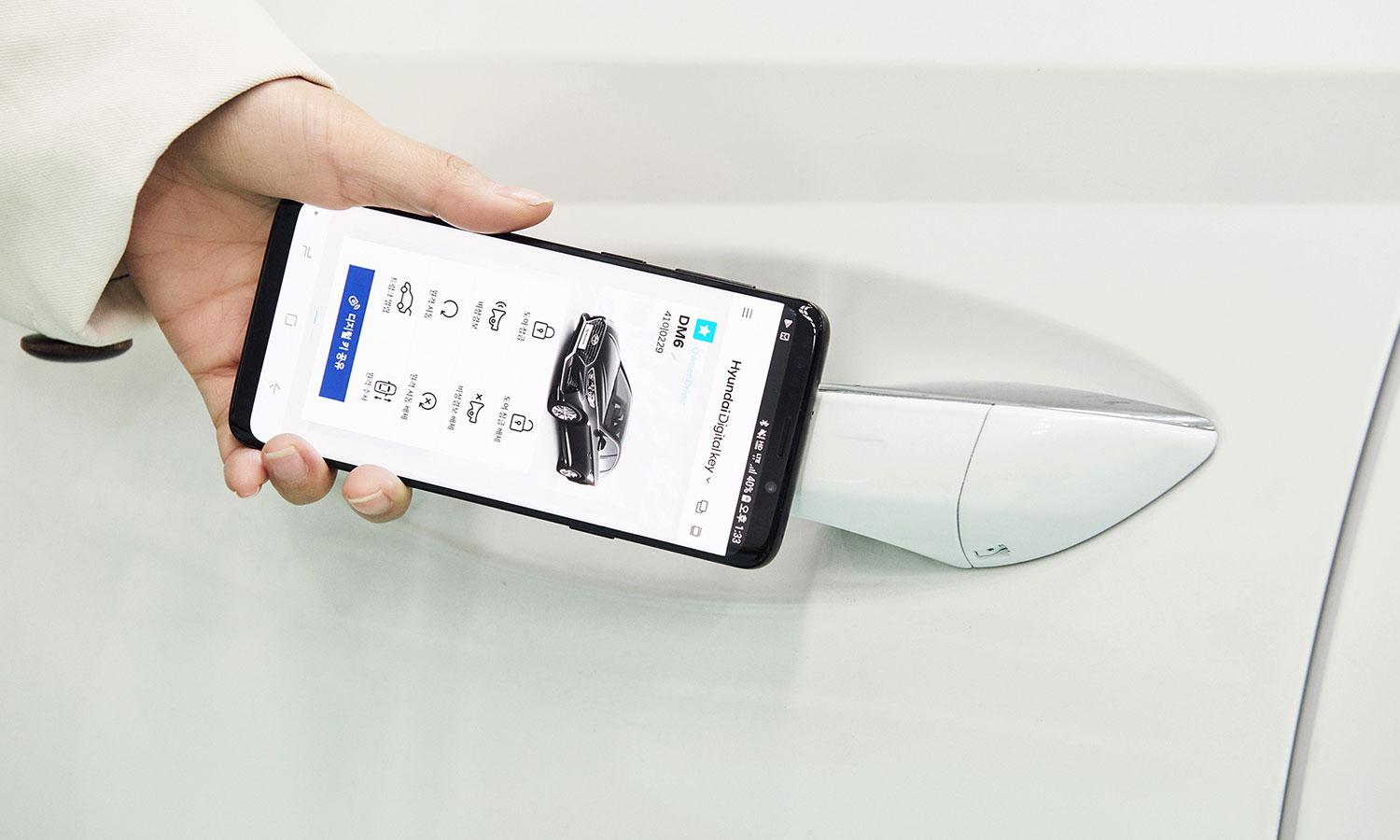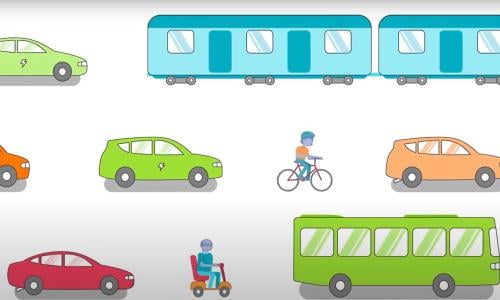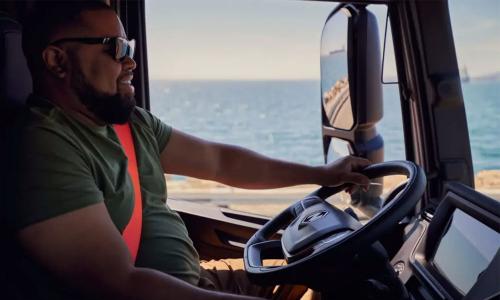In short, yes. All cars (both gasoline and electric) have lower fuel efficiencies at colder temperatures which decreases how far the vehicle can travel without refueling. However, because some electric vehicles (EVs) have a lower range than the typical gasoline car, these efficiency losses can be an important consideration when choosing an EV in places that have cold winters. However, current EVs are working in cold climates and new models will be even better at dealing with cold weather.
All vehicles are less efficient in cold weather
In cold weather, all cars get less efficient. For gasoline-powered cars, factors like cold engine oil and increased idling can reduce fuel economy in freezing conditions by 20% or more. Overall, electric cars are more efficient than gasoline cars because an electric motor is much more efficient in turning stored electricity into motion than an internal combustion engine is in converting the chemical energy of gasoline to mechanical energy.
You can see (or feel) this inefficiency when considering the energy lost in the form of heat that leaves a gasoline car through the tailpipe and radiator. That heat is energy from the gasoline that is wasted, and about 60% of the energy from gasoline is turned into heat, while only about 20% goes to drive the wheels. However, when temperatures dip, this “waste” heat is used to warm the cabin.
A battery electric car lacks a wasteful (but warm) engine, so an electric heating system (either resistive heater or heat pump) is needed to keep climate in the EV toasty on a chilly day. This electricity for heating will come from the same battery that’s used to power the electric drivetrain, so the effective range will drop in cold weather (assuming the driver chooses to use the heater).
Not all of the loss in range is due to the climate control system. Batteries also have lower performance as the temperature dips due to the impact of the temperature on mobility of electrons through the battery. To keep performance and reduce accelerated aging of the batteries, many EVs have a thermal management system that keeps the battery warmed (or cooled in hot temps) to an optimum temperature range. Warming the battery pack takes power that reduces range. Heating the cabin and battery combined can increase the auxiliary power load on an EV like the Nissan LEAF from below 1 kW to almost 3kW as the temp goes from 68 ºF to 10 ºF.

How to reduce the impact of cold temperatures
There are ways to reduce the impact of cold temperatures on the performance and range of EVs. One is to heat the cabin and/or battery before unplugging the car. This “preconditioning” of the EV can even be done by a smartphone or watch app on some cars. It’s similar in concept to the use of remote start systems used on gasoline cars (though without the exhaust of an idling engine). Grid electricity is used by the EV to warm the battery and interior, so that more of the car’s stored electricity can go to driving the wheels.
Electric vehicles are also getting better at cold temperature performance. For example, using high efficiency heat pumps can provide cabin heating with much less drain on the battery than a resistive heater. Other design improvements can help such as using heat from the electric motor and power control electronics to heat the battery and/or the vehicle cabin. These types of improvements have typically been found in EVs that were designed from the start to use an electric drivetrain, so we should see these more efficient features become more common as more manufacturers build “EV-only” models like the Nissan LEAF, BMW i3, and Tesla’s EVs.
Do EVs work in the real world for people in cold climates?
The EV fleet management company Fleet Carma has tracked trips in the Nissan LEAF in Canada and the U.S. and found that overall, range drops from close to 80 miles in shirtsleeve weather to 50-60 miles when driven in below freezing conditions. This is a noticeable drop, but still leaves enough range for many drivers.
For example, our survey of U.S. drivers found that 54% reported daily driving of less than 40 miles and 69% drive less than 60 miles on the average day. For a longer range EV, like the Tesla Model S or Chevrolet Bolt the impact of cold weather is likely to be less of an issue. These cars have more total range available, so loss of range will impact driving utility less and have ample battery capacity to run both the motor and heaters for extended drives. For example, Tesla reports that their Model S 70D model loses about 19% range when driving in 0 degree Fahrenheit weather with the heater on, reducing the range to 195 miles.
If they work in Norway, EVs can handle our winters
To see if EVs work in cold weather, one can look at the example of Norway. Norway’s generous incentives for EVs has made electric vehicles popular in this Nordic country. Over 200,000 EVs have been sold in Norway through 2017, and EVs made up over 39 percent of all new cars sold in the country in 2017.
Subsidies are a major reason for these high EV sales rates, but drivers wouldn’t be picking these cars if they didn’t work for their driving needs. Not only Norwegians pick EVs, but also many of them choose shorter range EVs from Nissan and Volkswagen, despite the sub-freezing average winter temperatures. EVs are also working closer to home in colder climates like Canada and Vermont. In fact, one Chevrolet dealer in Quebec moved his dealership to selling mostly Chevy Volt plug-in hybrids.
Cold weather impacts EV performance, but an electric vehicle can be a good choice for many Americans, even those in the northern reaches of the country. And in the Northwest and Northeast states, EV drivers can access some of the cleanest electricity in the country, greatly reducing emissions from driving. Affordable longer range EVs will make cold weather even less of an issue, but even today’s EVs are working all year round in every state in the nation.



